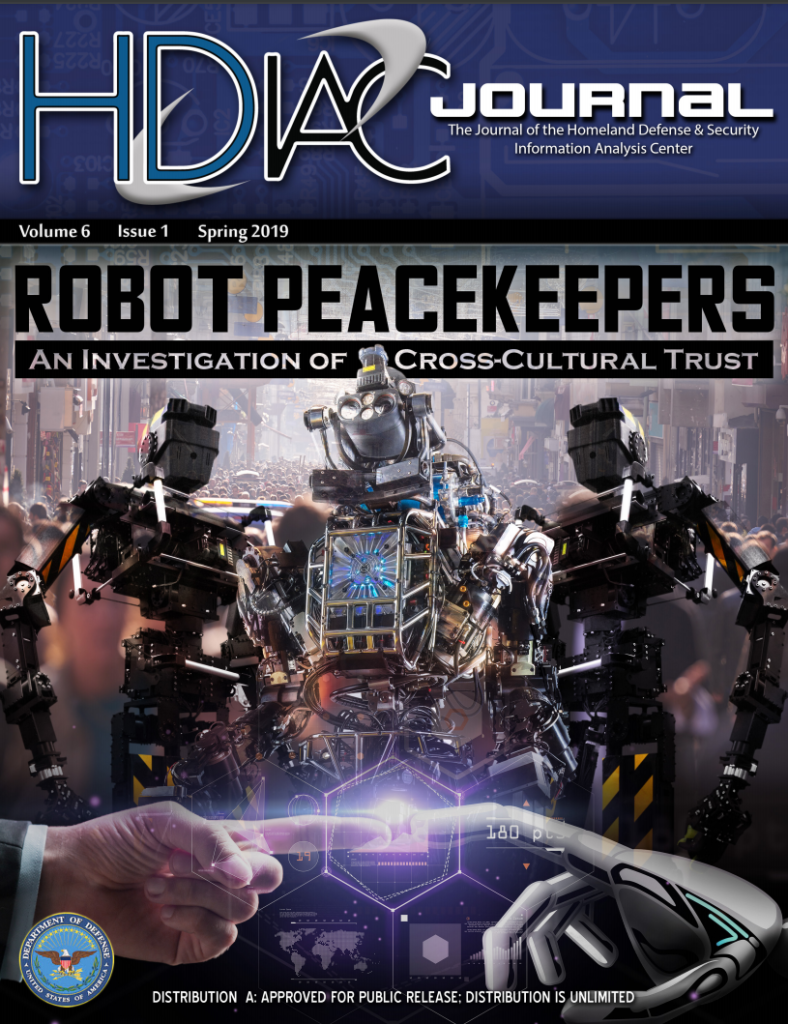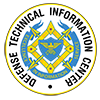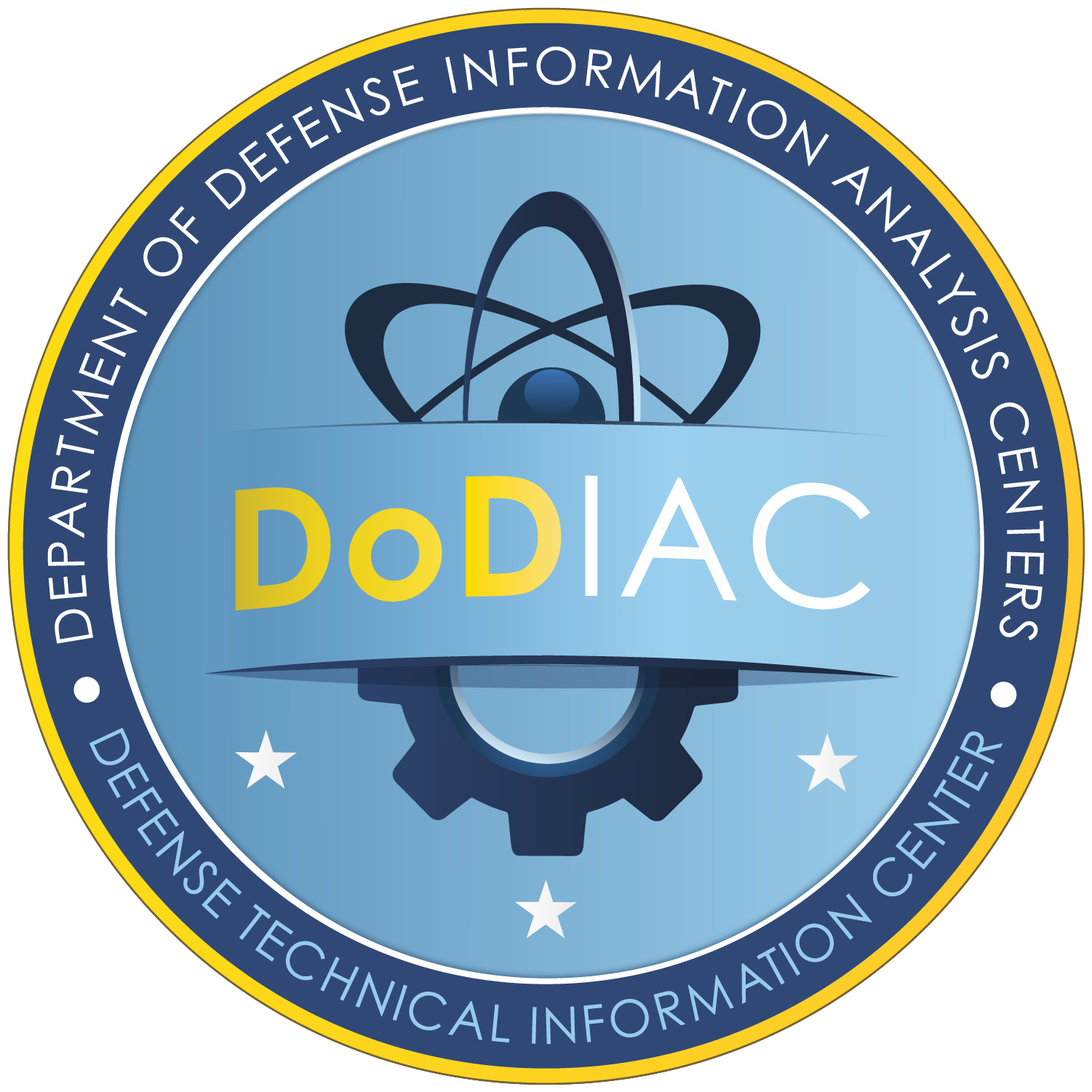This issue of the HDIAC Journal covers five of HDIAC’s eight focus areas, including Biometrics, CBRN Defense, Cultural Studies, Homeland Defense & Security, and Medical. The Biometrics article focuses on a new security framework that combines biometrics and configurability with physically unclonable functions and hardware obfuscation. In the first CBRN Defense article, HDIAC Subject Matter Experts explore potential emerging treatment strategies for warfighters exposed to nerve agents. In the second CBRN Defense article, researchers from Northwestern University discuss semiconductor perovskites capable of detecting nuclear radiation. The Cultural Studies article, which is our cover article, presents research findings from a three-year study into how people from different cultures responded to virtual robot peacekeepers – examining their compliance rate and level of trust toward the robots. In the Homeland Defense & Security article, Texas Tech University researchers explore the use of short-range radars for sensing and localization. The first Medical article focuses on arboviruses and mitigation efforts to combat them. Finally, the second Medical article details the biological effects of a ketogenic diet and presents the potential benefits such a diet could provide to the warfighter.

Spring 2019: Volume 6 Issue 1
Published: April 11, 2019

